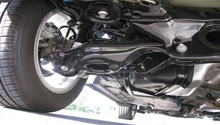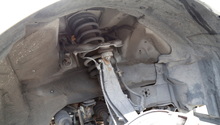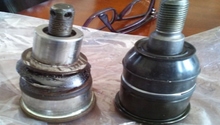Acura MDX: Suspension Performance Diagnostic Guide
Suspension problems can cause a number of issues, from unpleasant noises to bouncing rides to wandering steering. Read on to learn how to diagnose common MDX suspension issues.
This article applies to the Acura MDX (2001-2013).
The suspension in your Acura MDX is responsible for your comfort and handling. When things go wrong you can experience a variety of symptoms, from swaying all over the freeway and hearing loud clunks and bangs to feeling like the car is never going to stop bouncing. The suspension components are hard-working parts, and it's common for them to wear a little bit with each mile, so the ride quality degrades gradually. If you hear noises coming from your suspension system, or if you feel like it isn't holding the road well, then read on and we will show you how to figure out the culprit in your suspension.

Materials Needed
- Flashlight
- Jack and jack stands
Step 1 – Check shock absorbers
They could be blown.
The shock absorbers play a huge role in both your comfort and safety. Over time, the shocks tend to lose effectiveness, which can make your car bounce up and down too much and will affect your traction, braking and turns. To check your shocks, visually inspect them for any leaking oil on the lower half. Then, go to each corner and press down, let go and let the car bounce. A properly working shock absorber will settle back to the neutral position without much bouncing, while a bad shock will allow the car to bounce up and down a few times before settling.
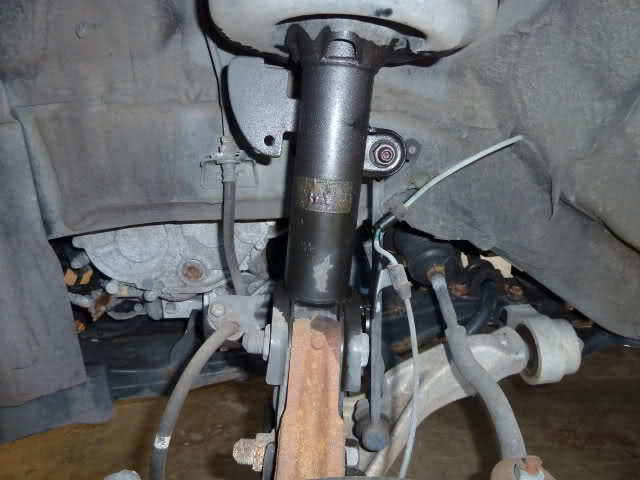
If the shock absorber is in good condition, proceed to Step 2.
Step 2 – Check the ball joints/tie rods
They could be worn.
The ball joints play a huge role in your suspension system. You have an upper ball joint and a lower ball joint on each wheel, plus a smaller ball joint which connects the wheel to the steering rack through the tie rods. These ball joints work as pivot points, locating the steering knuckle, and allowing it to pivot even as the suspension moves up and down. To check them, turn the wheel and observe the connection between the upper control arm and the wheel, and the connection between the lower control arm and the wheel. With the front end off the ground, try to move the wheel side to side and in and out. There should be no play if the steering is locked. This issue could be accompanied by various noises, such as squeaks and clunks, but more importantly, it can cause wandering and inaccurate steering while cruising in a straight line.

If the ball joints look good, proceed to Step 3.
Step 3 – Check the bushings
They could be worn or cracked.
The bushings are rubber pieces that go between metal suspension components, which prevent metal on metal rubbing, clanking or grinding. Whenever one of these bushings wear, crack, or even come loose, you will hear clanks, clunks or metallic noises. Depending on the weather conditions where you drive, you may have to replace the bushings more often than in others; hot, dry areas are the worst. Use your flashlight to check the bushings connecting the control arms, check the bushings on the top and the bottom of the shock absorbers, and check the bushings on the sway bar end links. Any worn bushings should be replaced quickly before the metal itself gets worn.
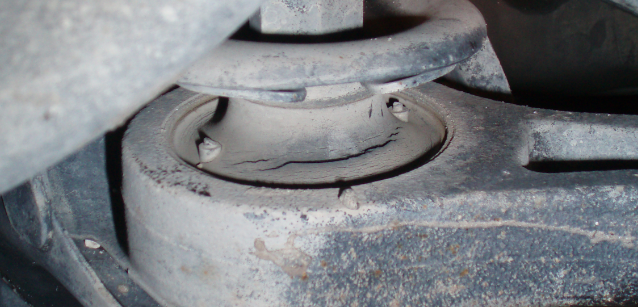
Related Discussions and Site
- Common Problems - Acurazine.com
- Suspension Issues - Acurazine.com
- Front End Clunking - Piloteers.org

